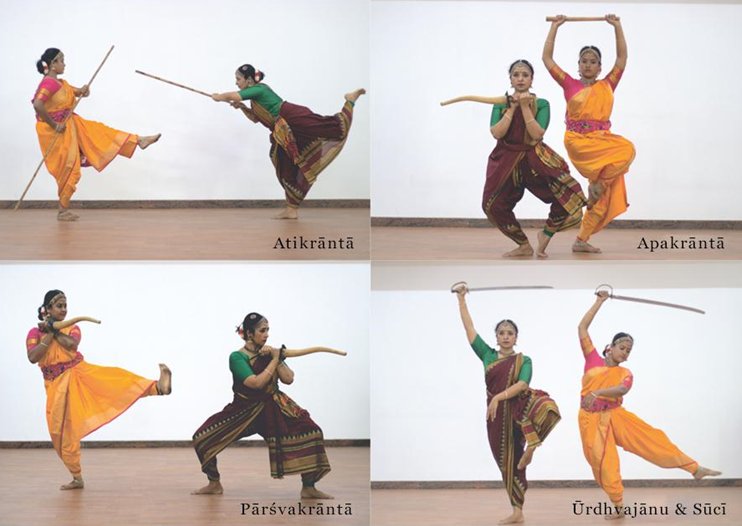
Read more in the site
Please provide your name / email id along with your comment. Anonymous and derogatory comments will be removed.

Namaste Dr. Nancy.
ReplyDeleteYour article has been written beautifully and clearly Mandala Nritta has been explained.
Thank you for sharing.
Dr. Seema S. Upadhyaya